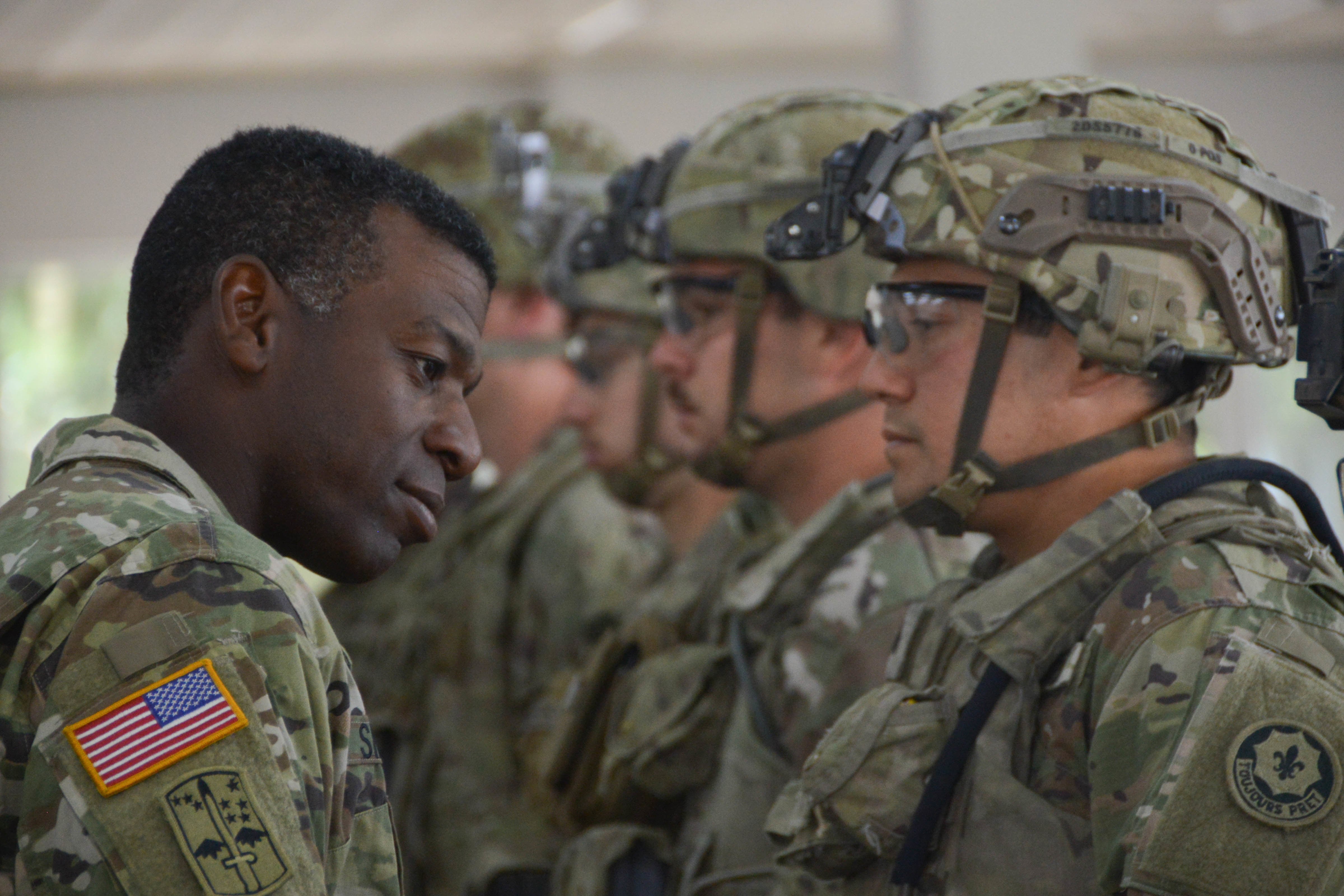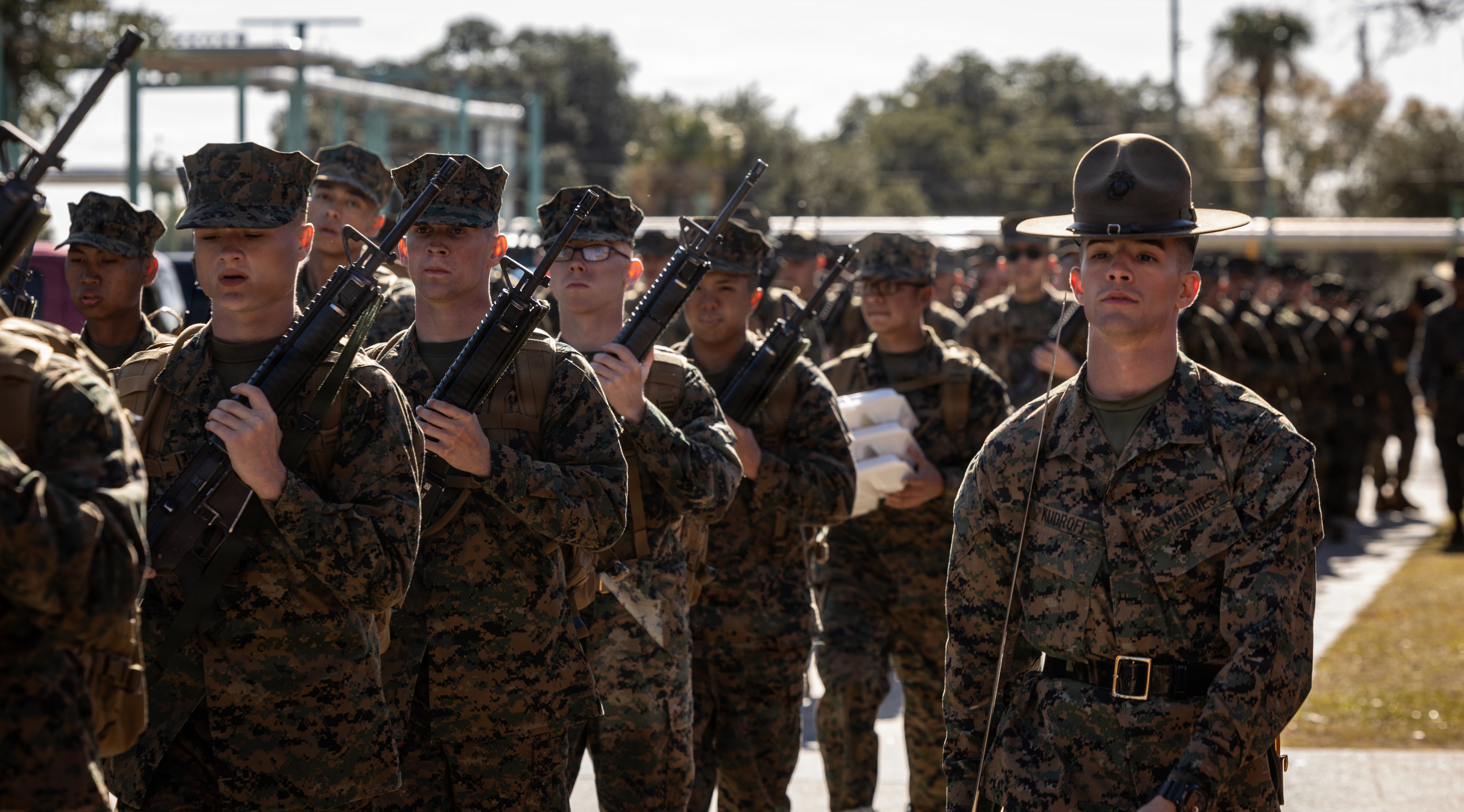The Army will no longer include official photos for officer selection boards, beginning in August, to help eliminate unconscious biases in the promotion process, the service secretary and chief of staff announced Thursday at the Pentagon.
Promotion board processes for warrant officers and noncommissioned officers are being reviewed as well, the Army’s senior enlisted soldier said.
An officer and enlisted soldier’s race and gender are still currently visible as part of a promotion and selection board file. However, the Army is also looking at making race not visible starting with the August board, officials clarified in a statement after the press conference.
“But [from] the studies we were shown it’s a visual, not as much a written, discriminator,” said Sgt. Maj. of the Army Michael Grinston. “The unconscious bias deals with the picture, not necessarily the words.”
The decision to eliminate photos stemmed from a study that began in October 2018, according to service officials. The Army ran two identical selection boards as part of an experiment. One board used photos, while the other didn’t.
Researchers found that when the Department of the Army photo was removed, there was less variance between voters’ scoring, meaning voters ranked candidates more similarly across the board. After removing the photo, voters also took less time to make decisions on each individual file, and the outcomes for minorities and women improved.
“The photo is introducing more noise than signal about the officer’s talent,” said Col. Carl Wojtaszek, who works with the Army Office of Economic and Manpower Analysis.
Ditching promotion photos is one part of a larger initiative that Army Secretary Ryan McCarthy called “Project Inclusion.” It will involve sending Army senior leaders to installations around the force in the coming months to visit with soldiers and have “uncomfortable conversations” with troops about race, diversity, equity and inclusion.
The project also involves the review of racial disparity in the Army justice system following the release of a Government Accountability Office report last year that found black and Hispanic service members are more likely to face a trial than their white counterparts.
This month, the Army’s judge advocate general started an examination of racial disparity within the Army justice system, focusing on AWOL cases, urinalysis results, sexual assault and sexual harassment.
The Army is in the “very early stages of figuring out what could cause this,” Lt. Gen. Charles Pede, the service’s ranking attorney, told congressional lawmakers last week.
Pede said he has already directed a “comprehensive assessment” in conjunction with the Army’s provost marshal general “to examine why the justice system is more likely to investigate certain soldiers and what our investigations and command decisions tell us about this issue.”
The Army has also taken steps to increase awareness of unconscious bias and mitigate its impacts in other ways, such as updating diversity and inclusion training across its ranks, said Army Chief of Staff Gen. James C. McConville.
“What makes us the world’s greatest Army is unit cohesion,” said McConville. “Anything that makes people feel like they’re not a valued member of the team is something we have to go after.”
Kyle Rempfer was an editor and reporter who has covered combat operations, criminal cases, foreign military assistance and training accidents. Before entering journalism, Kyle served in U.S. Air Force Special Tactics and deployed in 2014 to Paktika Province, Afghanistan, and Baghdad, Iraq.





